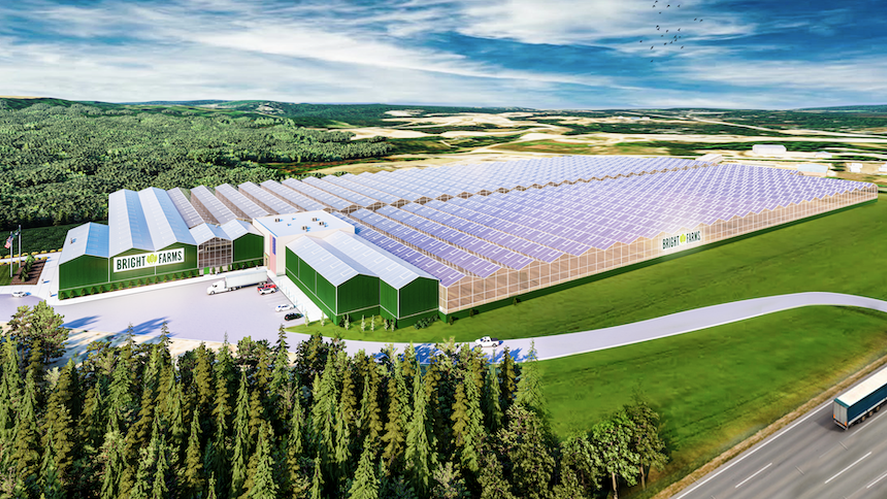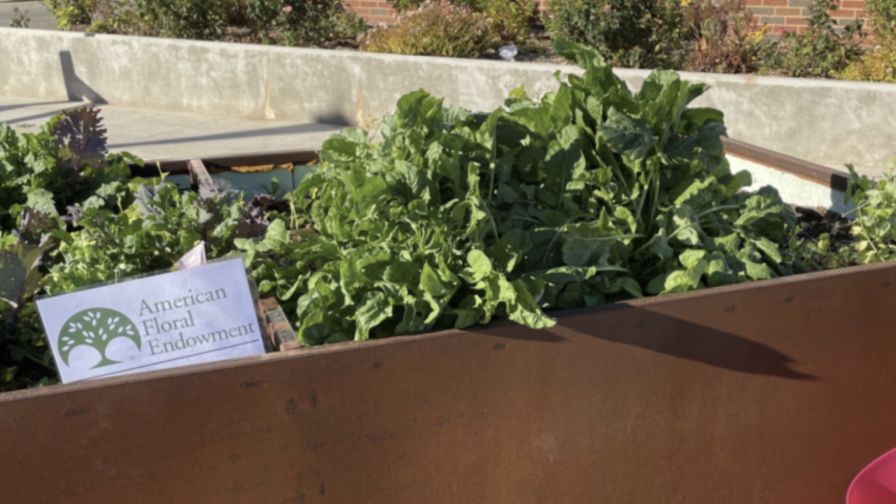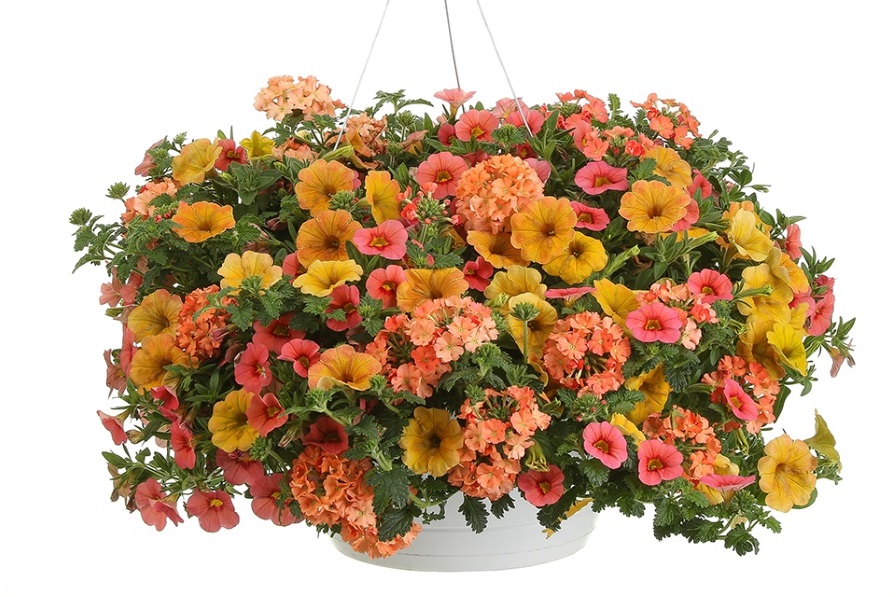The Keys to Building a Sustainable Ecosystem for Indoor Produce
 As indoor production of fruits and vegetables takes root in the controlled-environment industry, it is important to understand how produce buyers and the fresh produce industry view the indoor farming space, and where they see opportunities.
As indoor production of fruits and vegetables takes root in the controlled-environment industry, it is important to understand how produce buyers and the fresh produce industry view the indoor farming space, and where they see opportunities.
We are also seeing the consolidation of growers/producers in the agriculture industry. Will this be the same for indoor further down the line? How is this contributing to inflation? What does this mean for the future of crop production? What will the market share look like between open-field, high-tech greenhouse, and vertical farms in the next five to ten years? And how can growers within the industry plan for what’s to come?
These were just a few of the questions addressed during a panel discussion at the Indoor AgTech Innovation Summit in New York in late June. Moderated by Vonnie Estes, Vice President of Innovation at the International Fresh Produce Association, the panel included Nate Storey, co-founder of Plenty; Abby Prior, Chief Commercial Officer at BrightFarms; Jim DiMenna, President of Red Sun Farms; and Joe McGuire, CEO of Pure Greens Farms.
Storey started by offering a great perspective on where the indoor market is right now.
“Greenhouses are to field production what vertical farming is to greenhouses,” he said. In other words, the greenhouse market was evolving rapidly at the same time that the field production market was maturing, which meant producers had to innovate quickly. Today, the greenhouse market is starting to approach its mature stage, with more incremental growth.
Moving forward, Storey says as the industry gains experience with technology and automation, this will drive the market forward and should also help with cost reductions.
“When we started out, the technology for what we wanted to do as a company did not exist, so we had to build a lot of things on our own,” Storey says. “We are starting to get past that point.”
For BrightFarms, innovation is driven by what the end consumer wants, Prior says.
“We start by looking at how we can best meet the needs of our customers, and plan from there,” she says.
This planning is also tied to the ability to scale, which Prior says was made easier when BrightFarms was acquired by Cox Enterprises in August 2021.
“The Cox acquisition has given us the ability to scale at a faster rate, but we first had to prove ourselves,” Prior says. “Fortunately, our production experience helped with that.”
McGuire says one of the keys to success at Pure Green Farms has been partnering with outdoor growers like Taylor Farms.
“They have the experience and the relationships in the market, and we’ve been able to bring the knowledge of indoor growing,” McGuire says.
Of course, innovation is still the driver of controlled-environment agriculture. When asked about problems that new innovation could solve, here’s how the panel responded:
- DiMenna: “A better pallet that holds everything together.”
- Prior: “Improving the speed and quality of product pull-through, so we can delver to the retailer faster.”
- Storey: “A dehumidification system that is inexpensive and efficient.”
- McGuire: “Better climate and energy systems.”









